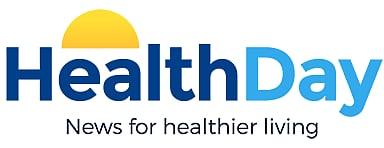Panel Calls for Better Diabetes Screening
FRIDAY, May 30, 2008 (HealthDay News) -- Better screening and diagnosis for diabetes is being called for to help the 6.2 million Americans who don't realize they have the disease, a new report says.
"Approximately 30 percent of people with diabetes in the United States are undiagnosed," study author Dr. Christopher Saudek, of Johns Hopkins School of Medicine in Baltimore, said in a prepared statement. "There are serious deficiencies in the current criteria for diagnosing diabetes, and these shortcomings are contributing to avoidable morbidity and mortality."
A panel of experts examined the current criteria for screening and diagnosing the disease, making recommendations in a new report to be published in The Journal of Clinical Endocrinology & Metabolism.
Many diabetics go undiagnosed, because the most common diagnostic tests require the patient fast, Saudek said. People who have eaten on the day of a doctor visit most likely will not be diagnosed unless they have quite advanced diabetes.
Instead, the panel suggests incorporating different measurement of glucose, hemoglobin A1c (HbA1c), into the criteria.
Hemoglobin is the oxygen-carrying protein located in red blood cells. HbA1c is a form of hemoglobin that reflects the average blood glucose level over the previous several months. It has been used for a long time to indicate blood sugar levels in patients with diabetes but never as a screening or diagnostic tool.
Although use of HbA1c was rejected as a tool a decade ago by the American Diabetes Association, the panel said that most recent evidence of its strength means it is time to revisit adopting its use.
HbA1c measurement does not require fasting; current accepted tests call for fasting for at least eight hours. HbA1c more accurately reflects longer-term glucose concentration in the blood, while short-term lifestyle changes, such as a few days of dieting or exercise, can influence other tests. Also, HbA1c laboratory methods are now standardized and reliable.
The panel recommends that HbA1c levels greater than 6 percent would require patient follow-up; HbA1c greater than or equal to 6.5 percent confirmed by a glucose-dependent test would establish the diagnosis of diabetes.
More information
The American Diabetes Foundation has more about diabetes.

